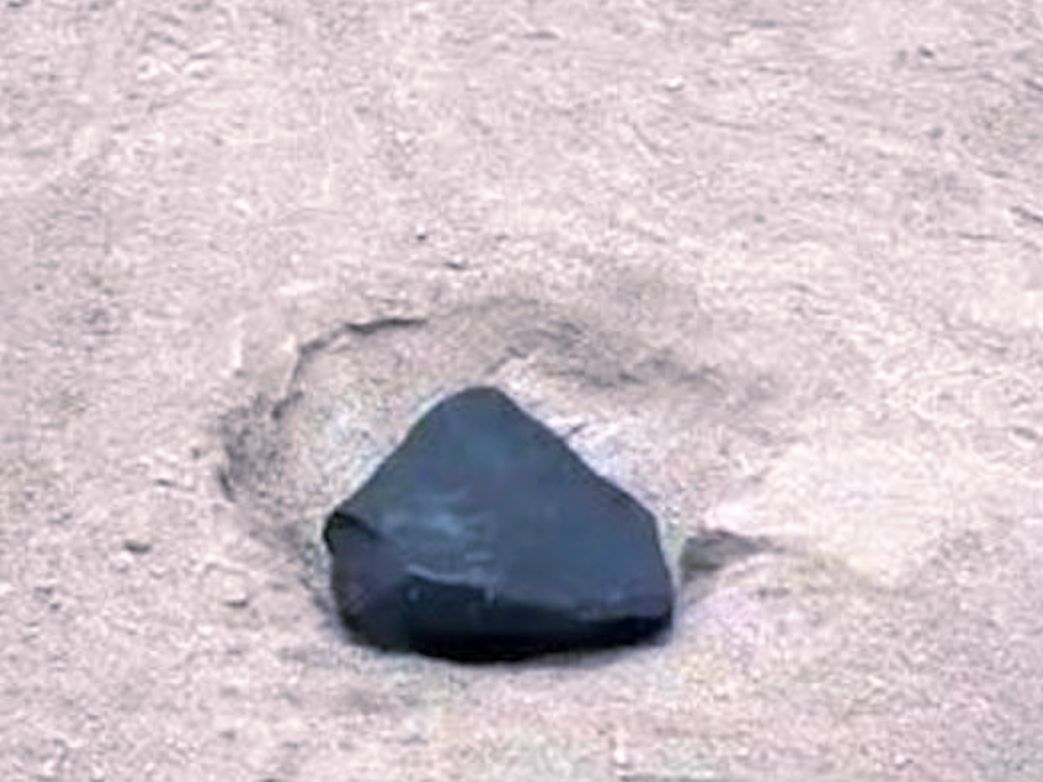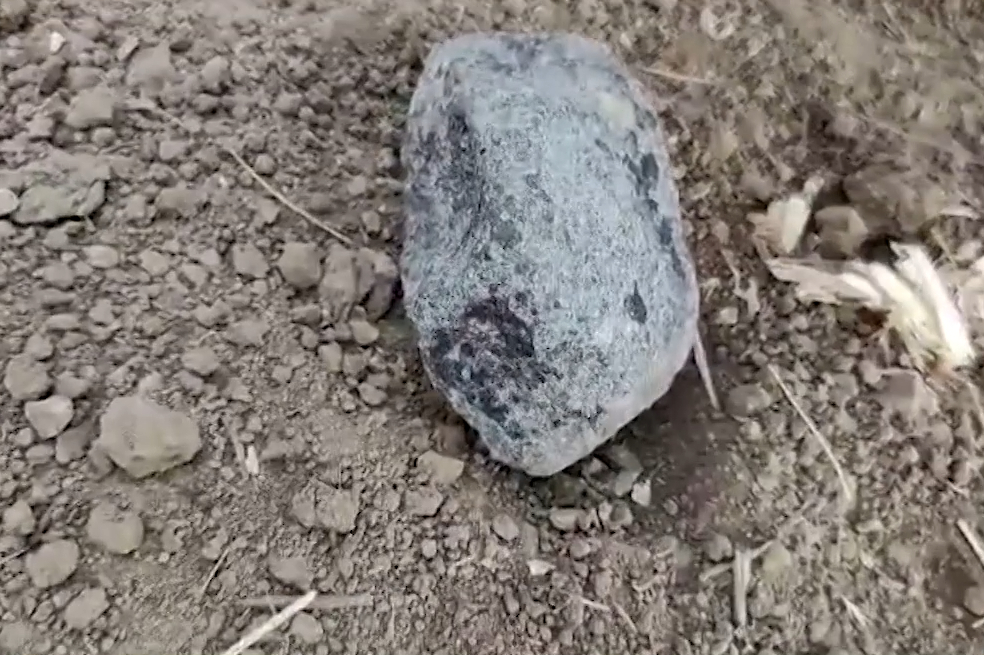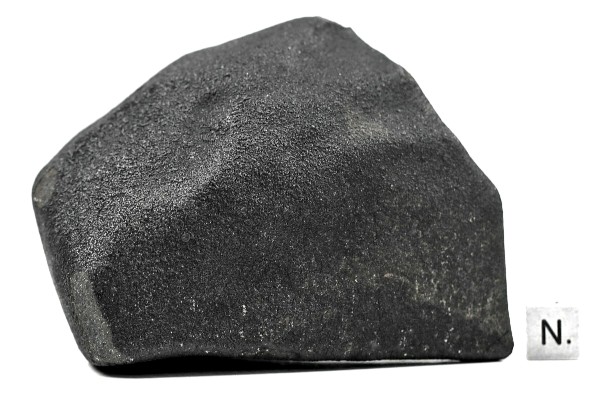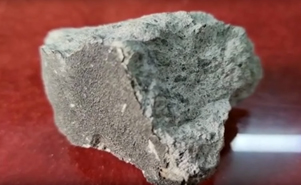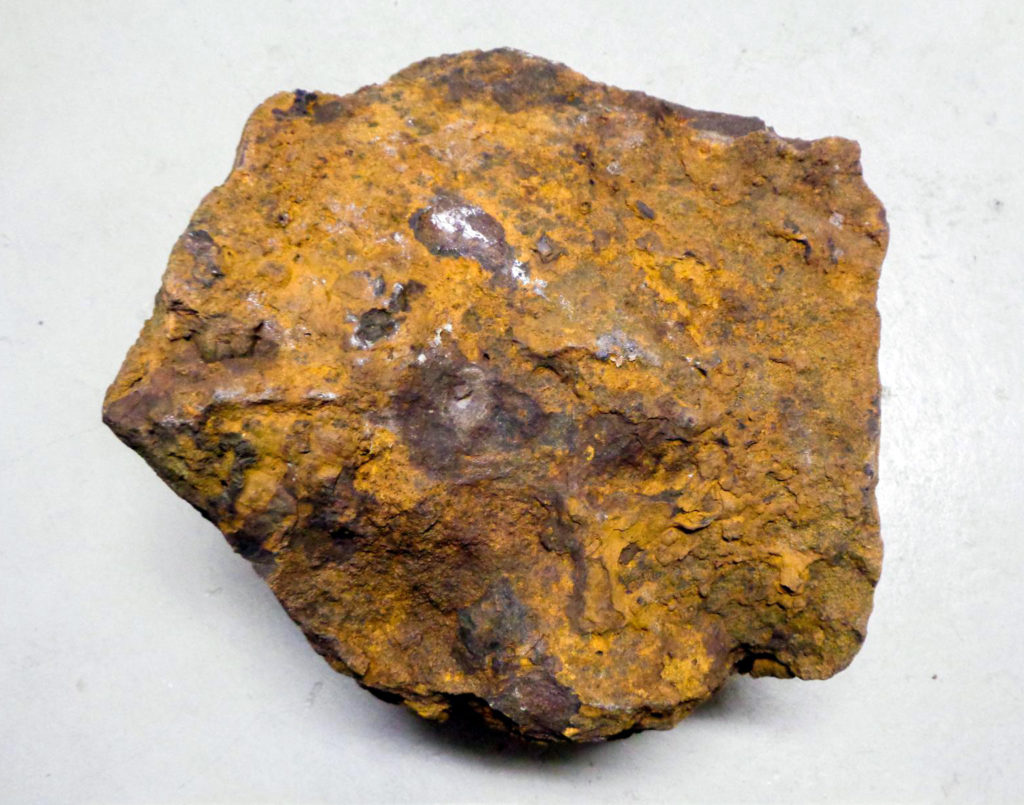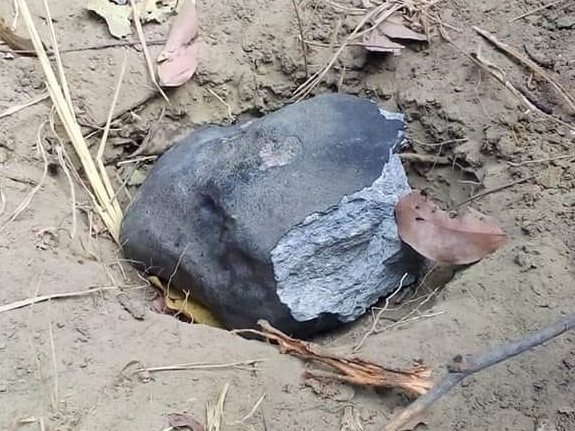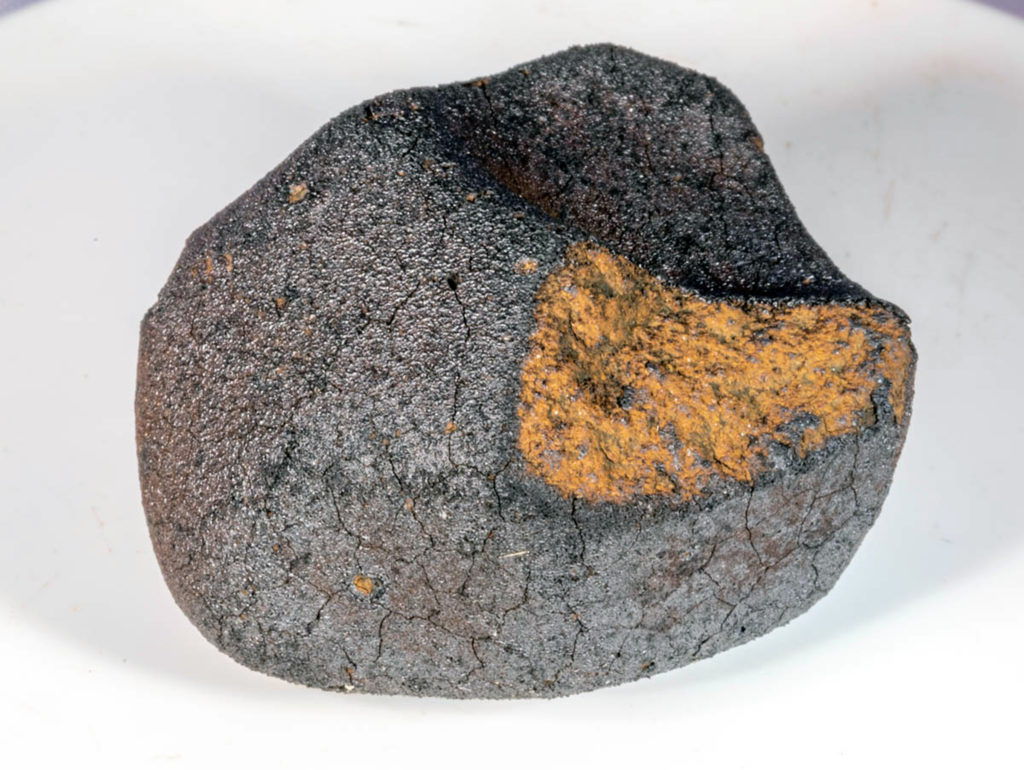Ages of lunar impact breccias: limits for timing of the Imbrium impact
Alexander A. Nemchin, Tao Long, Bradley L. Jolliff, Yusheng Wan, Joshua F. Snape, Ryan Zeigler, Marion L. Grange, Dunyi Liu, Martin J. Whitehouse, Nicholas E. Timms, Fred Jourdan
Geochemistry
In Press, Journal Pre-proof, Available online 24 September 2020
“Since the Apollo 14 mission delivered samples of the Fra Mauro formation, interpreted as ejecta of the Imbrium impact, defining the age of this impact has emerged as one of the critical tasks required for the complete understanding of the asteroid bombardment history of the Moon and, by extension, the inner Solar System. Significant effort dedicated to this task has resulted in a substantial set of ages centered around 3.9 Ga and obtained for the samples from most Apollo landing sites using a variety of chronological methods. However, the available age data are scattered over a range of a few tens of millions of years, which hinders the ability to distinguish between the samples that are truly representative of the Imbrium impact and those formed/reset by other, broadly contemporaneous impact events. This study presents a new set of U-Pb ages obtained for the VHK (very high K) basalt clasts found in the Apollo 14 breccia sample 14305 and phosphates from (i) several fragments of impact-melt breccia extracted from Apollo 14 soil sample 14161, and (ii) two Apollo 15 breccias 15455 and 15445. The new data obtained for the Apollo 14 samples increase the number of independently dated samples from this landing site to ten. These Apollo 14 samples represent the Fra Mauro formation, which is traditionally viewed as Imbrium ejecta, and therefore should record the age of the Imbrium impact. Using the variance of ten ages, we propose an age of 3922 ± 12 Ma for this event. Samples that yield ages within these limits can be considered as possible products of the Imbrium impact, while those that fall significantly outside this range should be treated as representing different impact events. Comparison of this age for Imbrium (determined from Apollo 14 samples) with the ages of another eleven impact-melt breccia samples collected at four other landing sites and a related lunar meteorite suggests that they can be viewed as part of Imbrium ejecta. Comprehensive review of 40Ar/39Ar ages available for impact melt samples from different landing sites and obtained using the step-heating technique, suggests that the majority of the samples that gave robust plateau ages are indistinguishable within uncertainties and altogether yield a weighted average age of 3916 ± 7 Ma (95 % conf., MSWD = 1.1; P = 0.13) and a median average age of 3919 + 14/-12 Ma, both of which agree with the confidence interval obtained using the U-Pb system. These samples, dated by 40Ar/39Ar method, can be also viewed as representing the Imbrium impact. In total 36 out of 41 breccia samples from five landing sites can be interpreted to represent formation of the Imbrium basin, supporting the conclusion that Imbrium material was distributed widely across the near side of the Moon. Establishing temporal limits for the Imbrium impact allows discrimination of ten samples with Rb-Sr and 40Ar/39Ar ages about 50 Ma younger than 3922 ± 12 Ma. This group may represent a separate single impact on the Moon and needs to be investigated further to improve our understanding of lunar impact history.§

